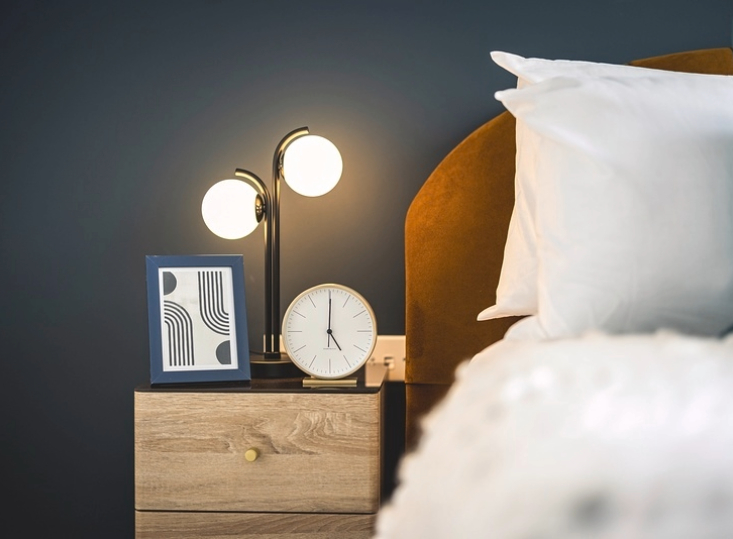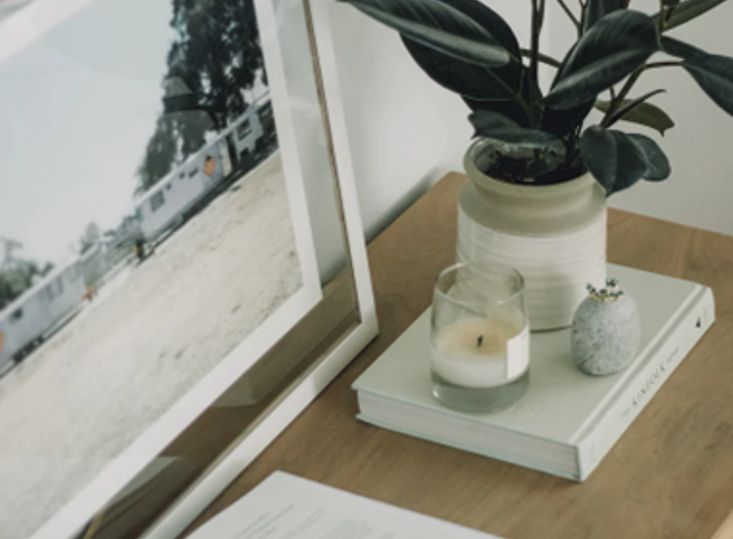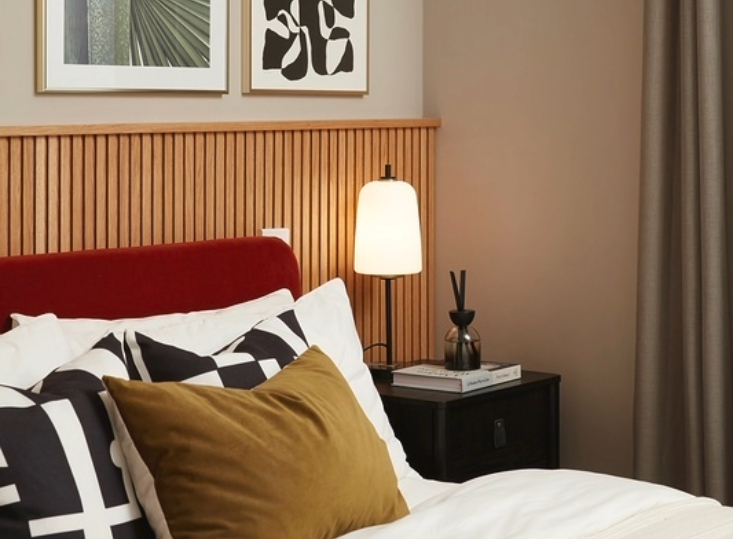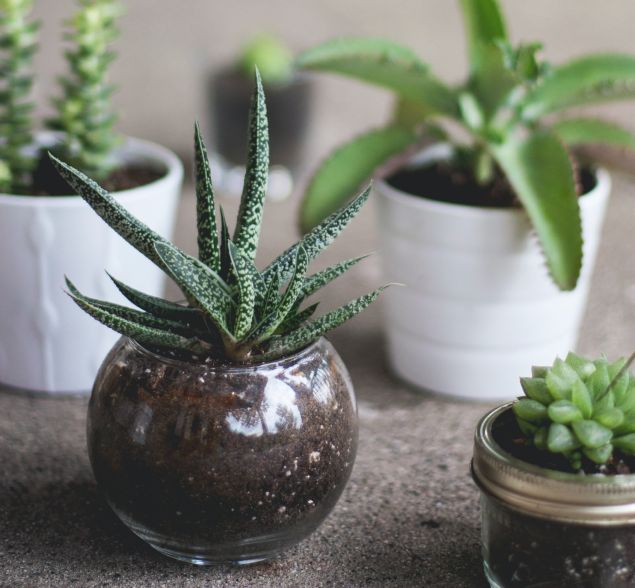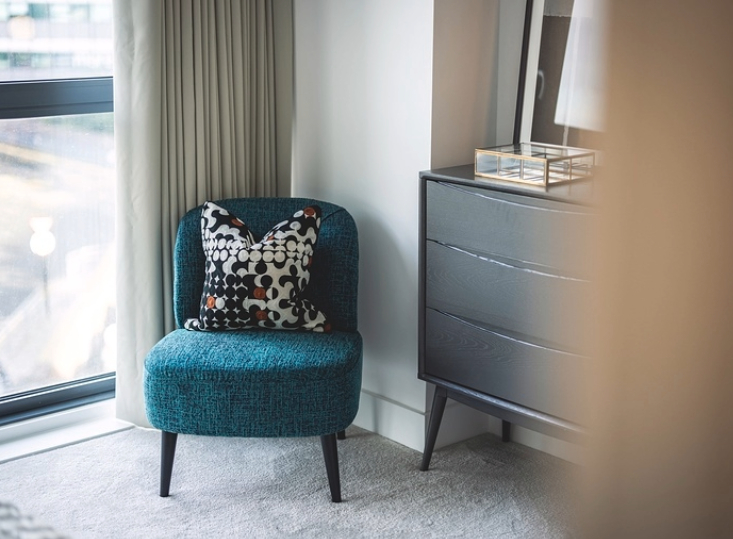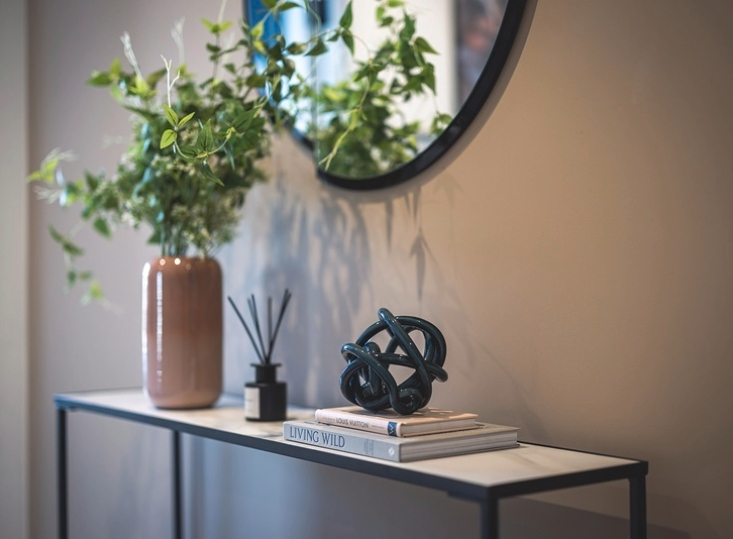Lifestyle
How to decorate your bedroom for a good night’s sleep
15 Jan 24
The ambience of a bedroom silently influences our sleep patterns. Your bedroom is a space where the chaos of the outside world fades away and gives you a chance to unwind, recharge and reconnect with yourself. Here are some tips on how to create relaxing bedroom décor to ensure you start getting a good night’s sleep.
Exploring Colour Schemes And Textures
Colours possess an incredible ability to affect our moods and emotions. Soft, soothing tones like serene blues or gentle earthy hues evoke calmness and relaxation. In contrast, vibrant or intense colours can stimulate the mind, making it harder to wind down before sleep. Scientific studies have repeatedly highlighted the impact of colour psychology on sleep patterns, showing that tranquil colour schemes significantly contribute to reduced stress levels and improved sleep quality.
The choice of colour is not just limited to paint – it extends to wallpapers and wall decals. These elements can add depth, texture and personality to a room while adhering to the chosen colour palette. Delicate patterns or subtle textures in wallpapers can elevate the ambience without overwhelming the senses.
Lighting Techniques
When aiming for a calming atmosphere conducive to sleep, the strategic use of lighting becomes paramount.
Choosing the right bulbs is the first step toward creating a calming environment. Warm-toned bulbs emit a softer, more inviting glow that promotes relaxation. Warm lights can signal to your brain that it is time to wind down, helping to prepare your body for sleep.
Another essential aspect of managing bedroom lighting is addressing external light sources. Outside lights, such as street lamps or early morning sunlight, can disrupt your sleep cycle. Blackout curtains or blinds can effectively block these external light sources and help your sleep cycle get back on track.
Thoughtful Furniture and Layout Suggestions
Steering clear of clutter is not just a design trend; it is a deliberate choice that plays a vital part in setting the tone for a peaceful environment. Opting for furniture with clean lines, unembellished designs and functional simplicity contributes to a sense of openness and spaciousness within the room.
When selecting furniture, consider its scale and how it harmonises with the room's size and layout. Strategic placement of furniture is equally crucial in creating an uncluttered and peaceful environment. Adequate space around the bed and other key furniture pieces promotes a sense of flow and ease of movement within the room. Avoid overcrowding the area, as it can create a feeling of congestion that hampers relaxation.
Textures, Fabrics and Bedding
Investing in high-quality bedding with soft, breathable fabrics is the first step in enhancing your sleep experience. Opt for cotton, linen or even bamboo-derived fabrics, renowned for their breathability, ensuring a comfortable sleep temperature. Add a plush throw or a textured blanket to create depth and warmth.
Pillows play a crucial role by offering support to align your spine and comfort for your head and neck. Consider a mix of textures and sizes to add visual interest while catering to your comfort preferences. A suitable mattress will not only support your body but also ensures alignment, contributing significantly to a restful and comfortable night's sleep.
Practical Relaxing Bedroom Decor Ideas
Incorporating Natural Elements
Adding indoor plants is one of the most popular ways to incorporate nature into your bedroom. Certain plants, like snake plants, peace lilies or aloe vera can offer both aesthetics and practicality as they filter out toxins in the air, aiding a healthier sleep environment.
Beyond plants, integrating natural materials into your bedroom décor can further enhance the tranquil atmosphere. Décor pieces like botanical prints, landscape paintings or nature-themed artwork can add a visual connection to natural elements.
Personalisation and Mindfulness Spaces
Designating specific areas for relaxation or mindfulness activities within your bedroom can significantly contribute to a sense of balance and relaxation.
Consider incorporating comfortable seating, whether a cosy armchair, a cushioned window seat or a chaise lounge for relaxation zones. Layer these spaces with soft blankets, plush cushions or textured throws to create an inviting and snug area. Add a side table or a small shelf to keep essentials like books, candles or essential oils within reach.
Organisational and Decluttering Tips
Implementing effective organisational strategies begins with smart storage solutions. Consider utilising furniture with built-in storage capabilities, such as bed frames with drawers, nightstands with compartments or benches that double as storage units. These multifunctional pieces help keep essential items within reach while minimising visual clutter.
Reduce visual chaos by minimising items displayed on surfaces: clear countertops, bedside tables and dressers of unnecessary clutter. Introduce minimalist decor or selective, meaningful things to maintain a serene ambience while avoiding an overwhelming visual impact.



